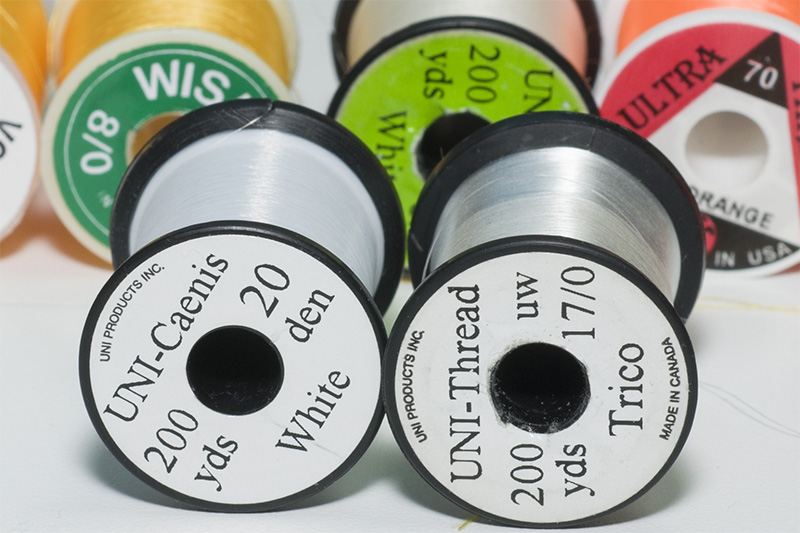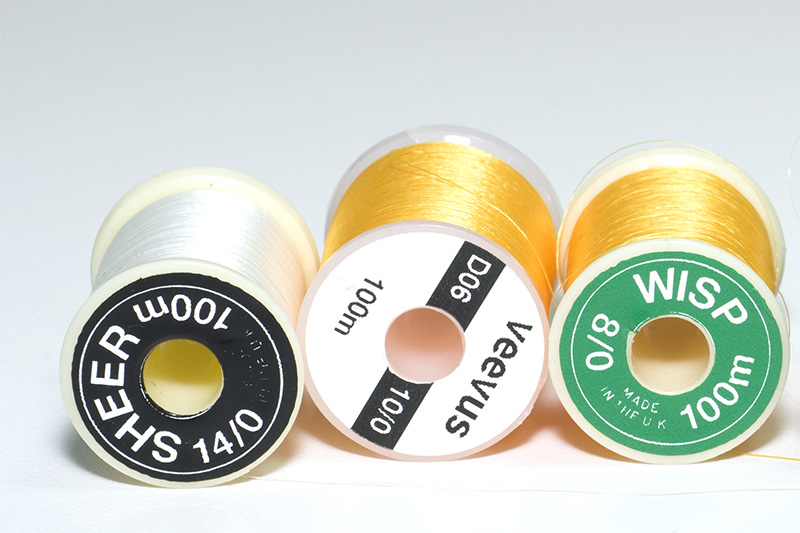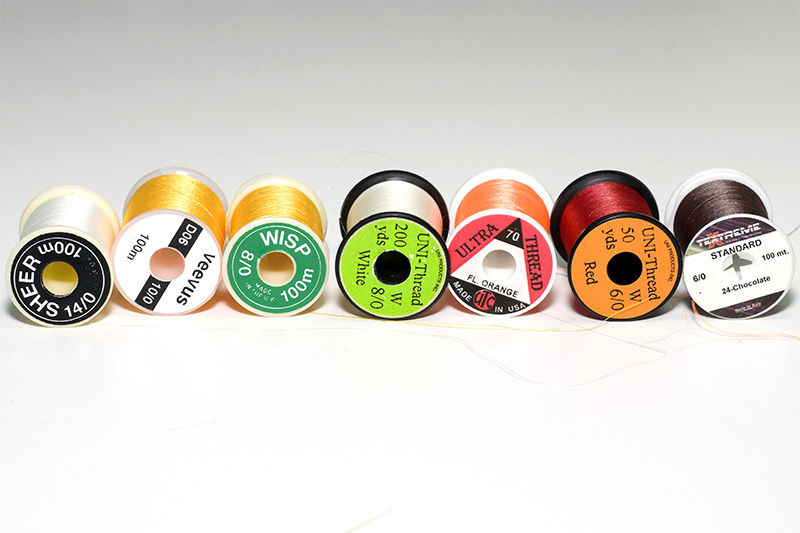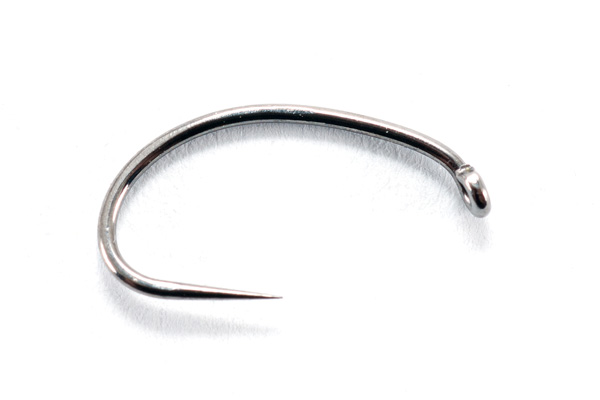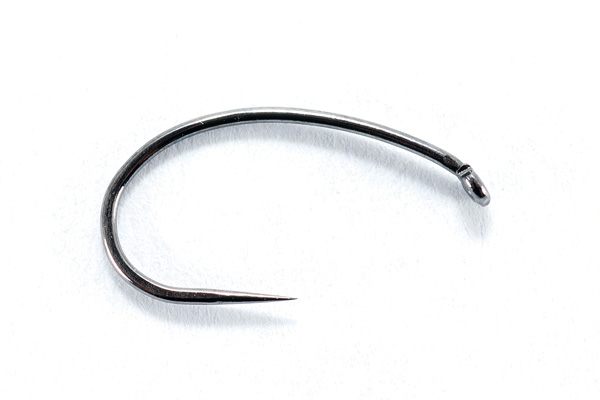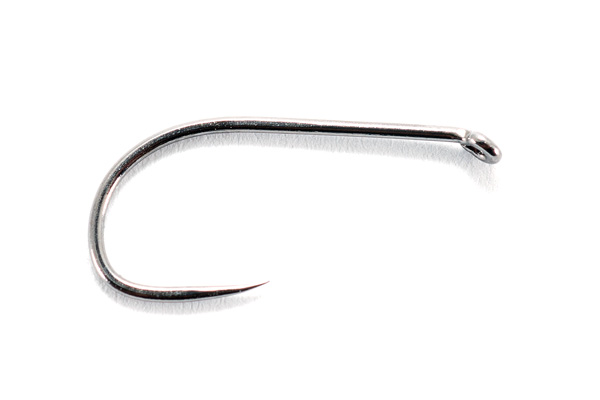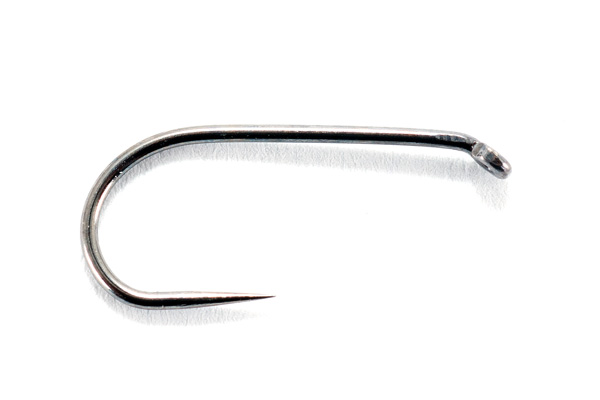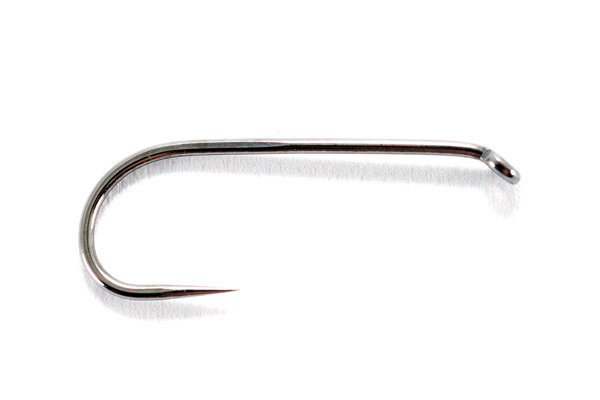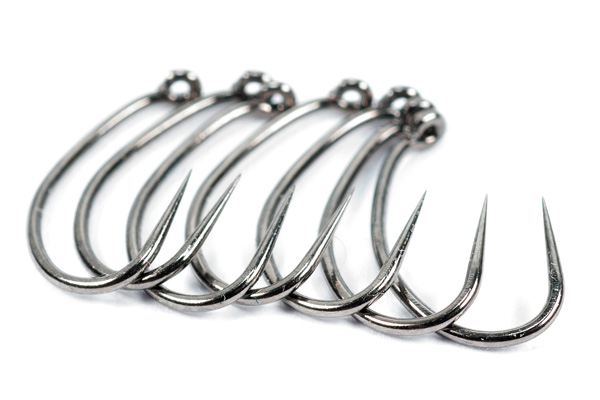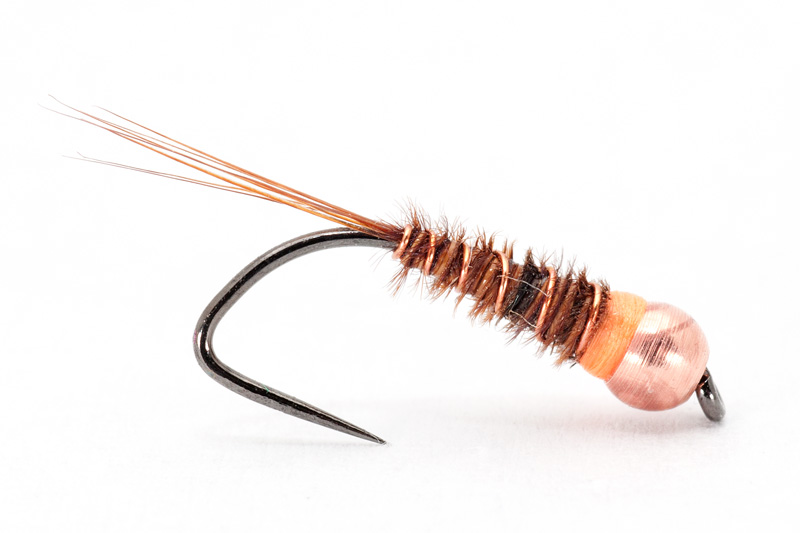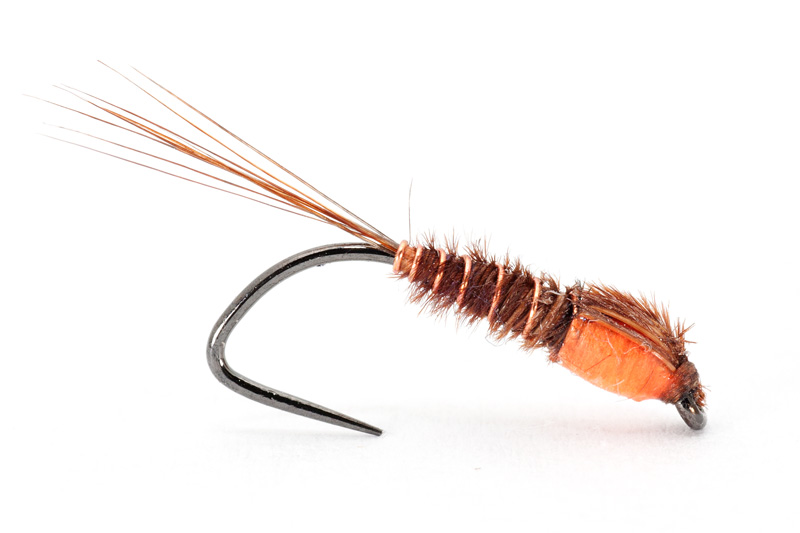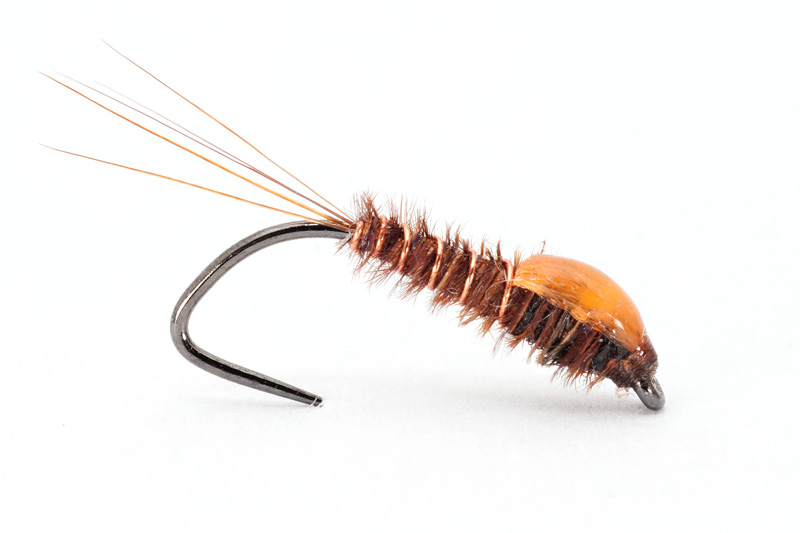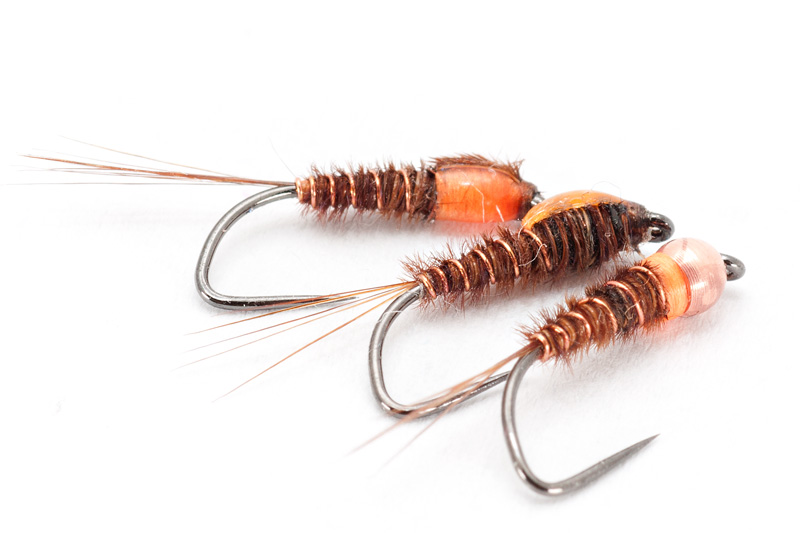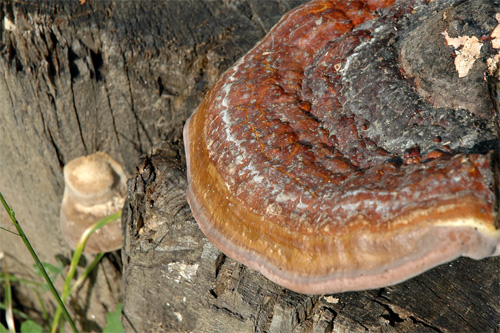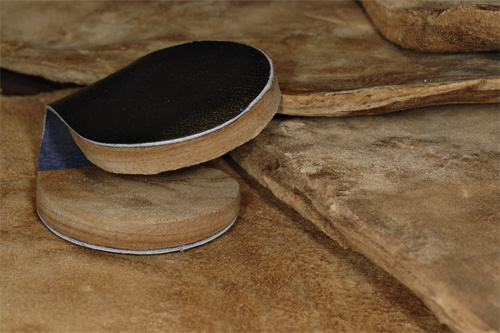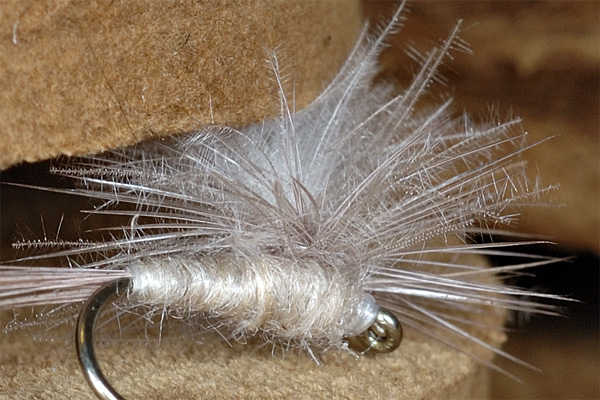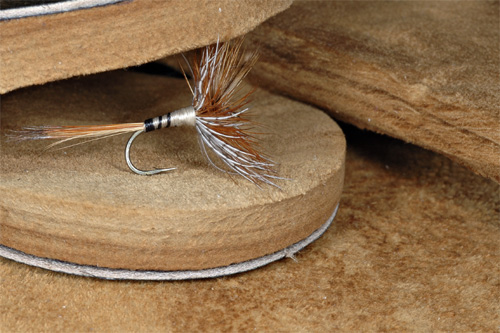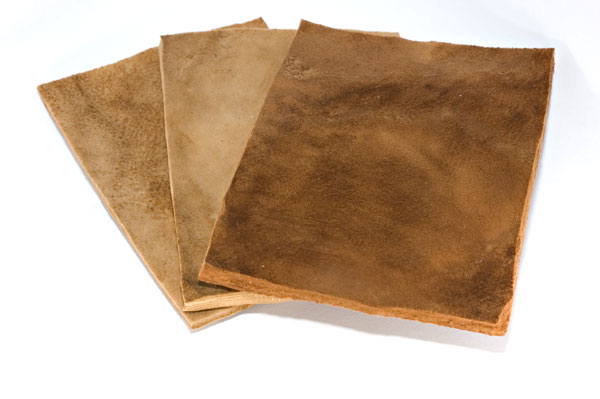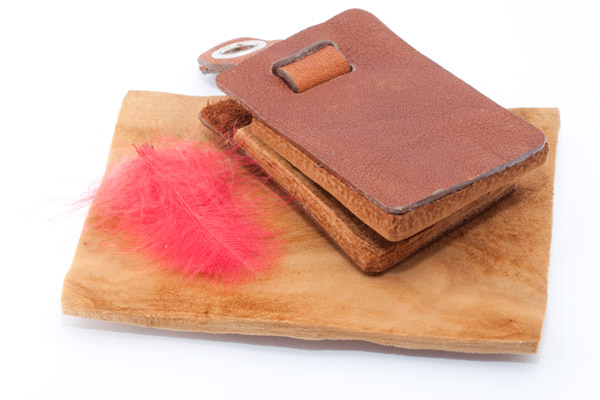On the market you’ll find a lot of dubbing made of natural materials, synthetics materials or a mix between them.
Everybody assure us that the dubbing that they sell is excellent and can be use for almost everything. Unfortunately nobody make tests and comparative tests and nobody will tell you exactly if is good for your needs.
So according with a fly tier needs I intend to make a small series with photos of dubbing to see how they look on the threads.
First dubbing that I decided to put in test is Super Nymph Dubbing – a dubbing that I use especially for nymphs and scuds.
Continue reading
Category Archives: Reviews for fly tying materials
How to use the Vosseler Tool
A few friends asked me how can be used the Vosseler Clip Tool.
Unfortunately Ralf Vosseler , my friend, the guy who make those fantastic German fly Reels don’t have a video and, in my opinion don’t make a promo and make videos “how to use” his tool.
So I decided to make myself 2 videos. Those video are not pro, but enough to have an idea how to use this tying tool
Emerger Dubbing
A new dubbing that I use for a few days is made by Trout Line and the name is Emerger Dubbing. I developed in a few years and I tested the mix proportion until I was pleased with the results. It is a mix of different hairs from hare, squirrel, opossum in different quantities. Right now only a few colors are available but in a short period of time the rest will be in troutline fly tying shop.:
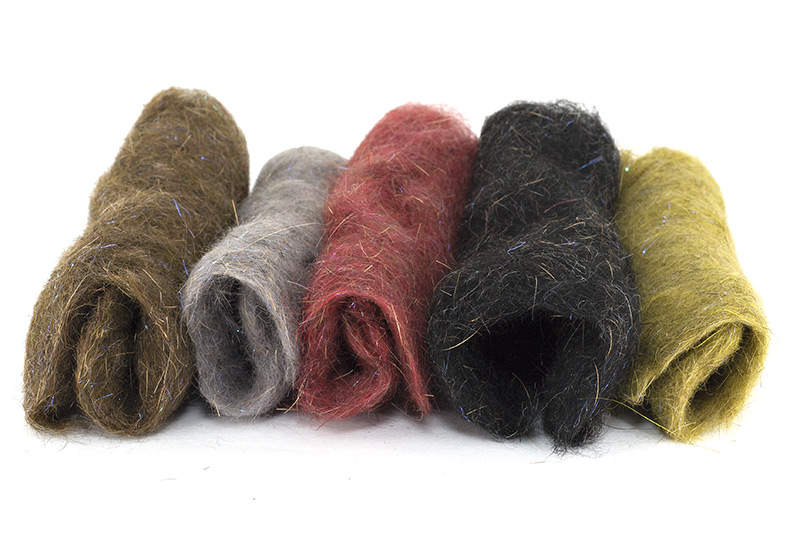
Continue reading
A simple tying thread test
Hi guys,
I’m a tier and I decided to test all my range of threads that I use frequently. After me is not an easy job because all producers don’t use the standard charts: Denier(grams per 9000m) or Decitex(grams per 10000m). They use the diameter of the thread and this is very difficult to measure. Also all producers claim their thread is stronger compared with others. Depeding of the material, if is a multi fibers threads or mono fiber threads, depending is is twisted or not, all this particularities and characteristics modify the strength of the thread and of course modify the look of the thread on the hook shank.
I had a few days off from my family for tying so I decided to make a small article about fly tying threads that I use for my flies.
I tested Uni Threads, Gordon Griffith’s threads,Veevus, UTC and Textreme
I tested the thread from this point of view: how looks these threads on the hook shank compared with the diameter described by the producer.
I used a 5/0 Daiichi Pike hook and 6 turns of each type of thread.
I started with Caenis and Trico from Uni:
Caenis is a mono type of fiber ( white and black) 20DEN,
Trico is a multi type o transparent fibers non twisted, 40DEN:
Bellow you can see how looks on the hook shank.
From the left to the right: caenis and trico. Caenis is fragile and I use it for small flies tied under #22. I find this mono cord type of thread difficult to use and apply dubb on it. But hey !, for small and delicate flies you don’t have to work so much 
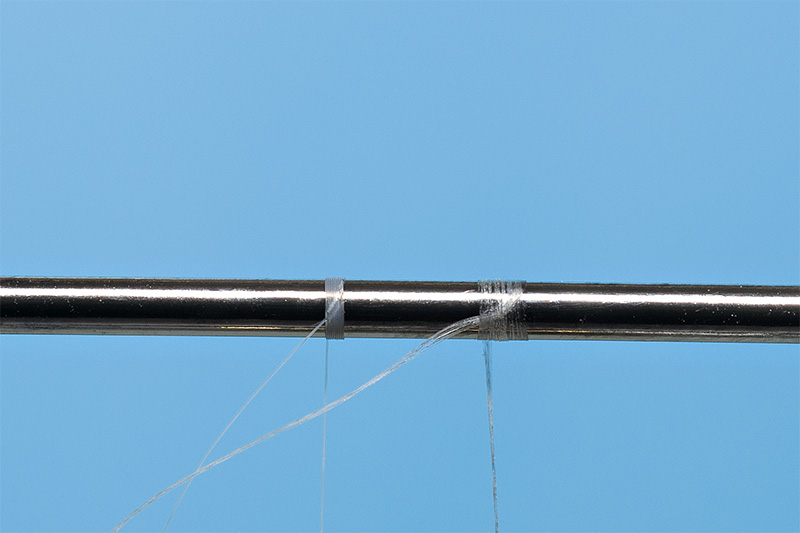
The next is is Gordon Griffith’s Sheer.
The GG Sheer looks very similar with Trico and I noticed that is more resistant to the pressure. I buy this thread from Funky Fly Tying – Tobby Merigan – and I like it. One note – this thread is twisted.
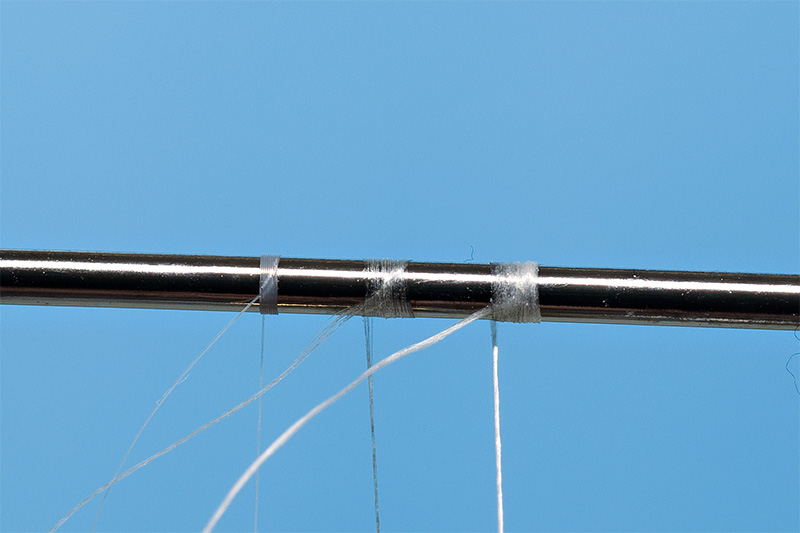
The next threads tested on the hook shank are Sheer, Veevus 10/0 and Wisp 8/0. An observation : sheer and wisp from Gordon Griffith’s are twisted and Veevus is medium twisted.
I noticed that these threads that I use have the same colors:
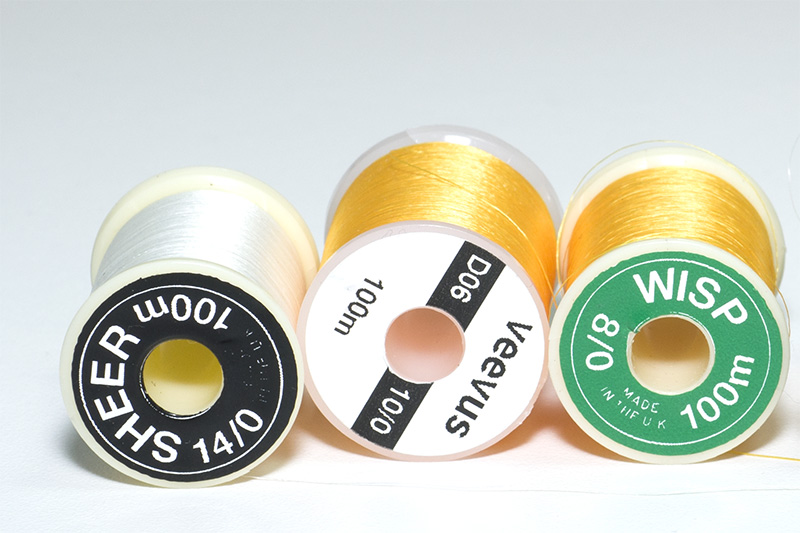
For me these fly tying threads seems to be identical on the hook shank:
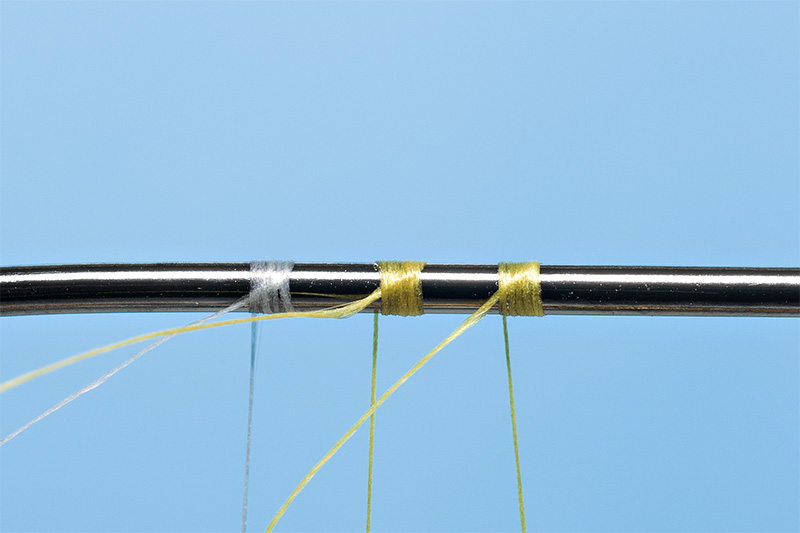
So 10/0 from Veevus looks like 8/0 from Gordon Griffith’s. To check the size for these thin threads is not easy, but I have a friend who is professor at University of Physics and I will try to make a measurement in the lab.
In my opinion the correct way to classify the threads is to use the standard Denier or Decitex chart.
Anyway lets go further:
The next tying thread is a white Uni 8/0 of 72DEN and seems to be thinner than Veevus and GG Wisp. 8/0 Uni is twisted and not waxed. This is another interesting surprise from the diameter point of view declared by the producers. Anyway it is difficult to check exactly but I will ask my friends from University if he can make a RMN test.
The fluo orange UTC 70 thread is very flat on the hook shank. very shinny and semi transparent with a nice translucent effect. I like this tread because has parallel fibers in composition. The colors are very nice and you can make bodies for beautiful flies. One note, due the fact that the fibbers are not twisted is not easy to work with and some tiers hate this thread. In the end is a matter of taste . This thread is the next “tested”
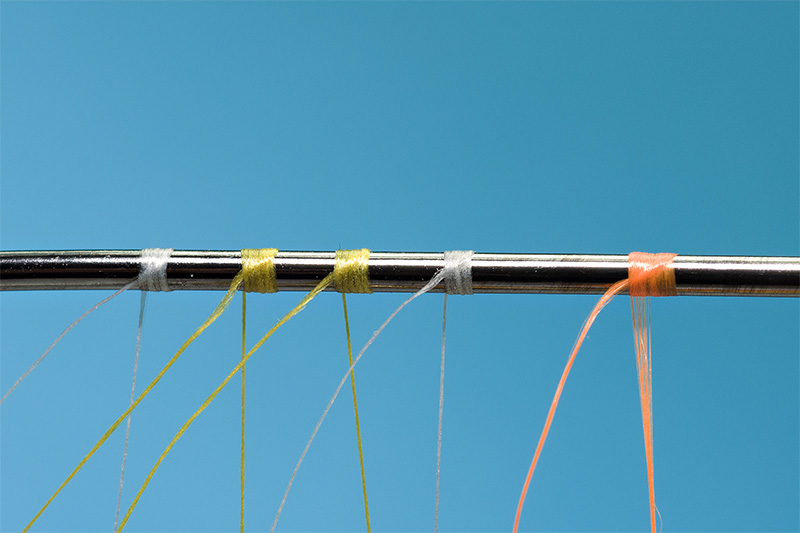
The following threads are Uni 6/0 with 136 DEN and the italian thread 6/0 from Textreme.
Wow, another surprise!. Uni 6/0 seems to be more thinner than UTC 70 and Textreme 6/0 seems to be more thinner compared with Uni 6/0
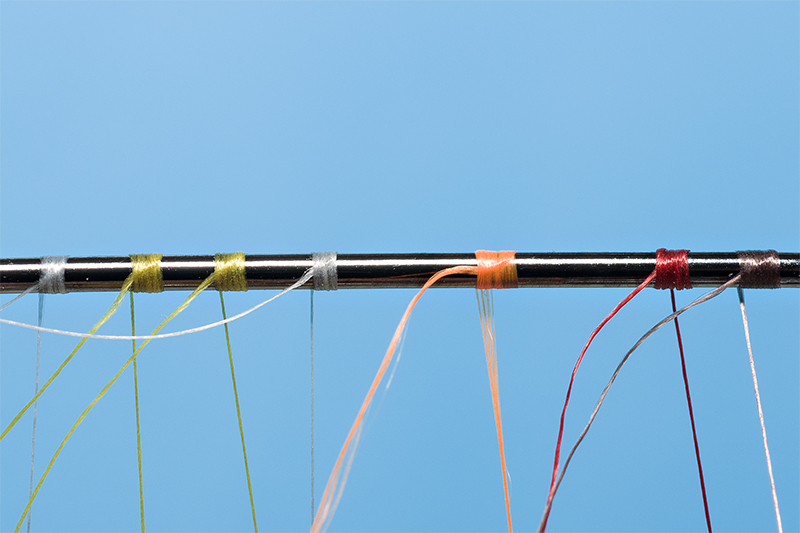
And bellow you can see all these threads that I’ve tested
I invite you guys to tell me your opinions and share your experience from these threads and of course with other brands .
cheers and all the best,
Lucian
PS
for those who are looking for these fly tying threads you can by them also from troutline fly tying shop . The prices are competitive !
Anyway will prepare soon another article where I will measure the diameter of each thread from this small article and the breaking strength also.
cheers and happy tying 
Lucian
Demmon Barbless Hooks
Demmon Barbless Hooks are made in Japan and it seems to be a great success on the market.
I tested all the models and quality seems to be high: great wire, very sharp points and great shapes:
Demmon DGH 900 BL:
Eye – Down
Wire- 1xStrong
Lenght-1x Short
Bend- Reversed
Shape-Curved
Forged
Finish- Black Nickel
Point: long and barbless
This model is for buzzers, nymphs and Italian wet flies
Demmon DGS 900 BL:
Eye – Down
Wire- Standard
Lenght-1x Short
Bend- Reversed
Shape-Curved
Forged
Finish- Black Nickel
Point: long and barbless
This model is for light buzzers, light nymphs, emergers and para flies.
Demmon DSD 100 BL
Eye – Down
Wire- Standard
Lenght-Standard
Bend- Wide Gape
Shape-Straight Shank
Forged
Finish- Black Nickel
Point: long, curved inside and barbless
This model is for dry flies, emergers, wet flies and light nymphs
Demmon DSD 110 BL
Eye – Down
Wire- Standard
Lenght-Standard
Bend- Round
Shape-Straight Shank
Forged
Finish- Black Nickel
Point: long and barbless
This model is used for dry flies, wet flies and emergers. Can be used as well for light nymphs.
Demmon DSD 120 BL
Eye – Down
Wire- Standard
Lenght-1xLong
Bend- Round
Shape-Straight Shank
Forged
Finish- Black Nickel
Point: long and barbless
DSD 120 BL can be used for terrestrials, stone flies and nymphs.
Try them and you’ll not regret 
PT Variants for Grayling
Here are 3 flies for grayling that I use to fish in Central and East Europe:
Orange Neck Pheasant Tail Variant – is popular all European Countries like ( France, Spain, Italy, Czech Republic, Slovak Republic, Poland, Serbia, Croatia, Montenegro and Romania )
Orange Torax Pheasant Tail Variant is popular in Central Eastern Countries ( Czech and Slovack Republics, Poland and Romania )
Back Orange Phasant Tail Variant – is popular in Central Europe and Italy
…and all of them ready for fishing
Super Floating Sedge
The Super Floating Sedge is a great fly for fishing in big rivers or big lakes for large trout and grayling. This CDC Sedge can be used as a single fly or in tandem with a small nymph or an emerger.
Materials:
Hooks: Maruto D04 #10-14
Thread: Standard 6/0 cream
Body: Wing CDC in grey dun color
Wing: Wing CDC in grey dun color
Tail: Krystal flash in white or olive
Chamois Caddis Pupae
I like Chamois for his texture. When gets wet the material have a nice cream translucency
I tied a few flies with this material and the shapes and the colors are great:
And the step by step:
Materials:
Hooks : Daiichi D900 #12
Thread: Textreme 6/0 black
Body Thread: Micro Floss Textreme Thread
Body: Chamois strip
Glitter Nymph – step by step
Amadou – the best material for drying your flies
Amadou is a word that for some fishermen doesn’t mean a thing, but for others, it means saving a day of fishing…This Amadou is nothing else but a piece of material with a big water absorption power and which is soft and velvety at the same time. This mysterious material has a biological origin and it is nothing else but a tinder, an ordinary tree fungus that was modified in order to get the above mentioned properties. Initially, in the past, hundreds of years ago, before cotton was discovered, this miraculous material was used for surgeries as an absorber. People used it for cleaning and dressing the wounds; unlike other textures that had a highly microbial risk, this one, by its modifying procedures used to get to the final form, became clean. Of course, in the old days people didn’t know what a microbe was, but they started making analogies between the wound dressing material and their risk of infection. This was the role of this Amadou in the past of our medicine. It was also used by beekeepers, as a smoke source; by its slow, long lasting burning, this tinder made a strong, thick smoke that was used for removing or calming the swarms of flies when a person ingathered the honey. In time it was rediscovered as a strong absorbing material and fly-tiers began using it more and more often for removing the water from their flies.
Having the finesse and the softness that I told you about, the Amadou doesn’t destroy the shape of the fly, it doesn’t break the fine feather barbs of the hackle, which is very important. You will probably say: “That’s fine, we can do without it, we have silicone” and I agree with you up to one point. Silicone is good for big flies, from #16 down, maybe not even for the ones tied on #16 hooks. It stuffs the body and quite often, by the additives that it contains, it modifies the colors of the fly in time.
The same thing happens to the hackle, I’ve often noticed the changing colors of the feather barbs or even their increasing fragility. I’m not against this silicone, on the contrary, I myself use it and find it useful, but not for any kind of fly, not for the pretentious ones, mostly for the big ones. The Amadou gives me back the characteristics of the fly before throwing it on the water. Most of all, if it’s tied with CDC, than I can forget all about silicone, since it stuffs it and it destroys its structure and finesse for good. Obtaining this miraculous material is quite difficult and long lasting and it also has many secrets that are hard to find from the few people that still make it.
The fungus, the beech or the oak tree tinder (not all of them are good) is picked in winter, when there’s no more water in it and when its vegetation stopped. Why? I can’t really tell you why, the fact is that how it’s done; it wouldn’t be so delicate, so soft, if picked when it’s still green. Then they leave it to macerate in barrels containing water and ashes for weeks, even 3 months. Then they pull it out of these barrels, they clean it and they boil it for many, many hours, following alternative stages of cooling and slicing it into different pieces, and afterwards they hammer them using wooden hammers.
The secret is that the cutting is done in a certain way, under a certain angle (so that it doesn’t destroy the fiber); the same thing happens with the hammering and in the end they laminate it. The hammered, boiled, re-hammered and re-boiled piece is pulled through some wooden platens that stand for a mill, platens that determine its final thickness and that also take the water out of it. The pieces have to be scalded before pulling them through the platens, so that the pores can strongly dilate when the water is being pulled out of them and that they stay fluffy in the end. All of these things are done in an order and a regularity whose secret is harshly kept; I stood and admired the work of such a man and as much as I insisted, I still wasn’t able to follow the whole process.
All I can tell you is that it takes a lot of time and that it is extremely interesting and fascinating the fact that from a hard piece of tinder you can get such a soft, delicate, strange-colored material, with a bark perfume and having multiple functions for obtaining fire, smoke, bandage, decorative caps and even fly-drier. I can’t really explain how the human mind was able to invent such a thing, but I simply enjoy the advantages of the Amadou.

